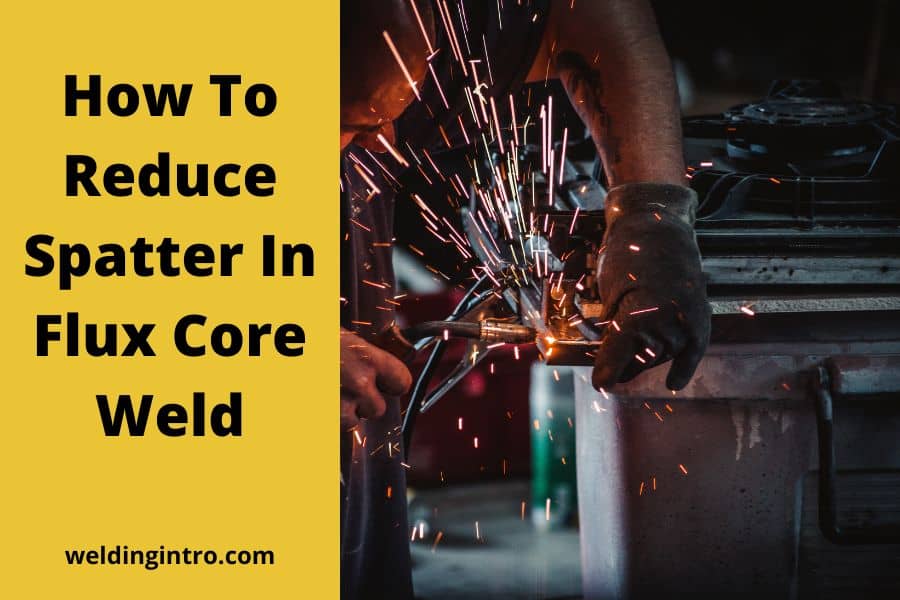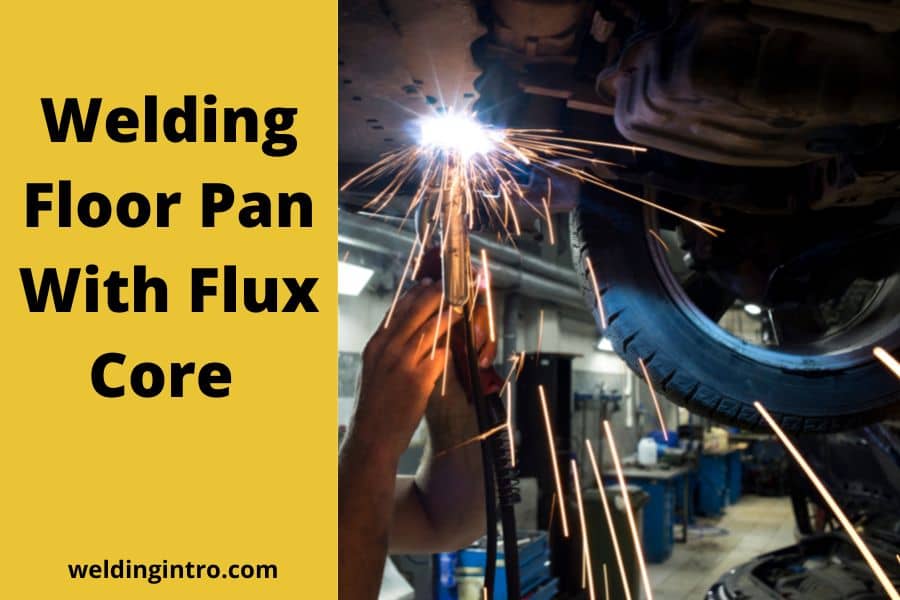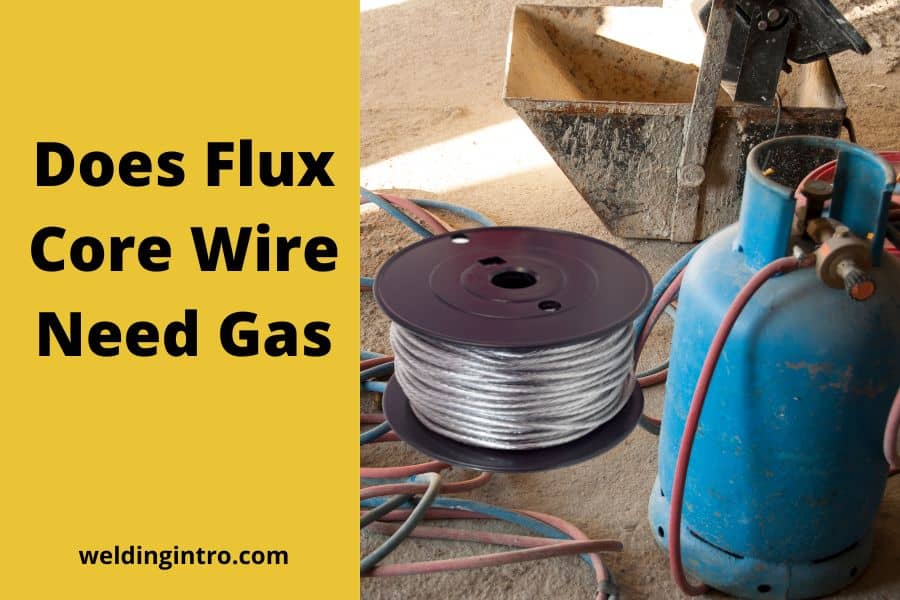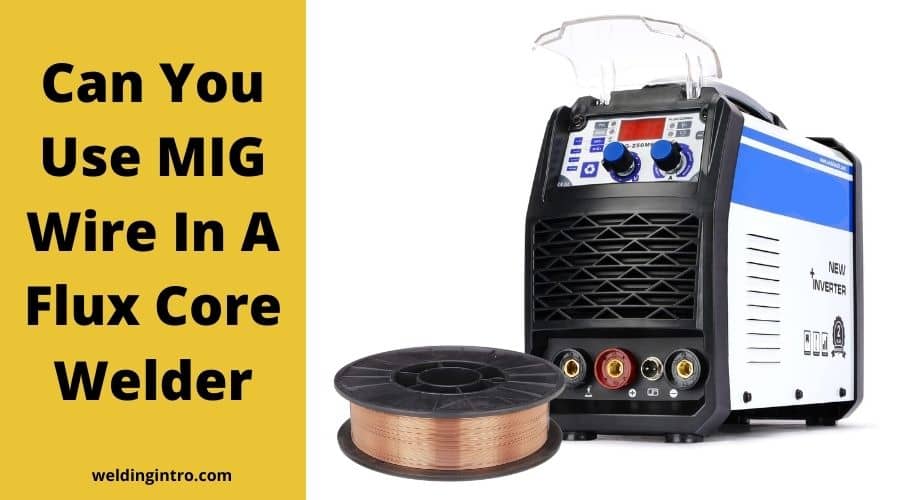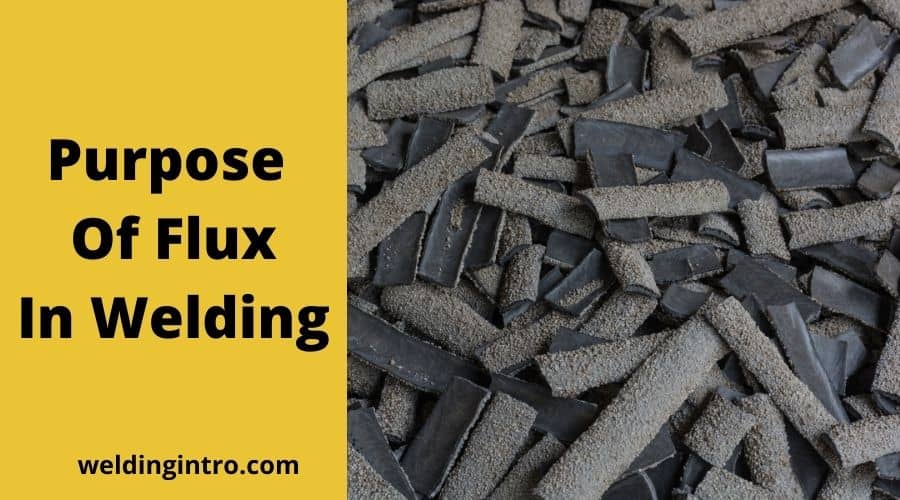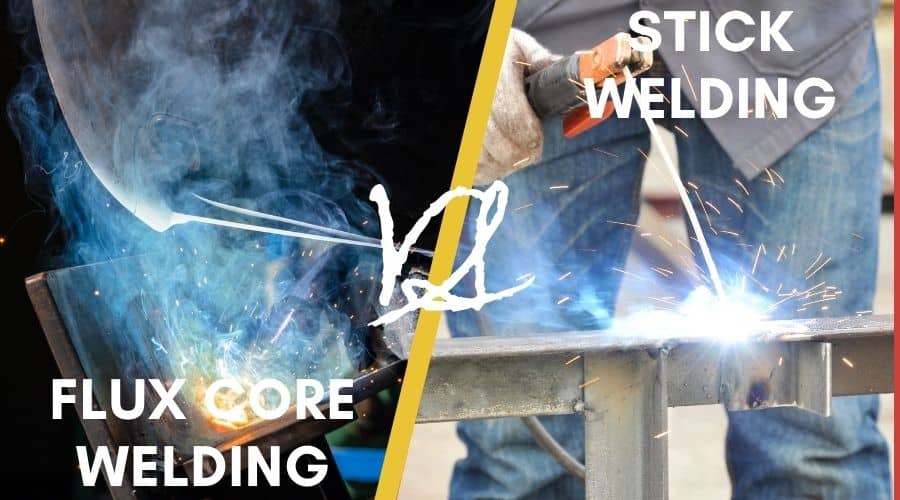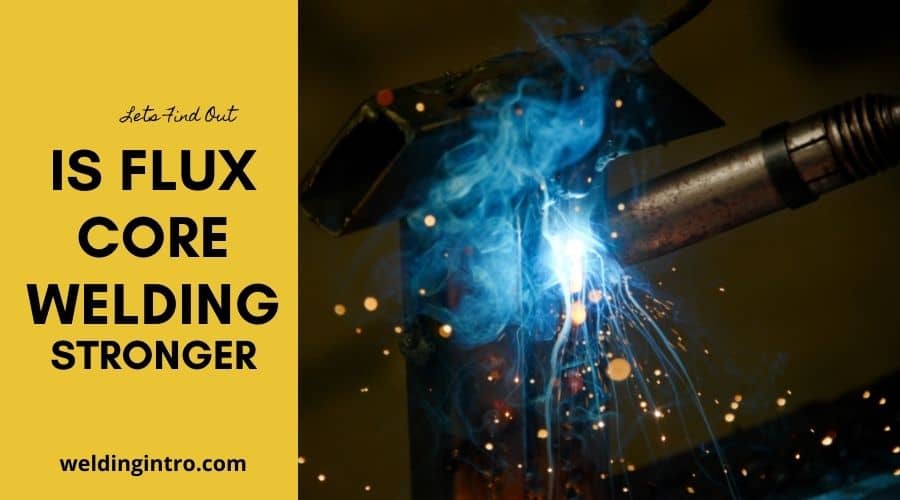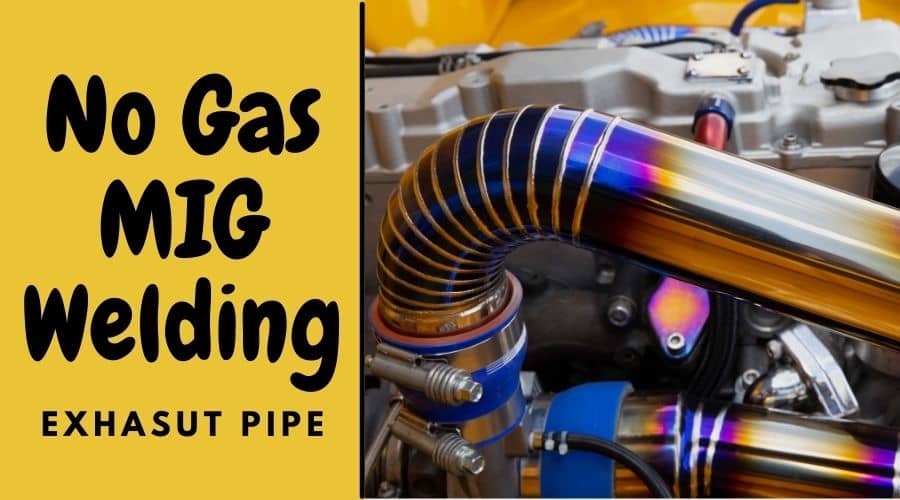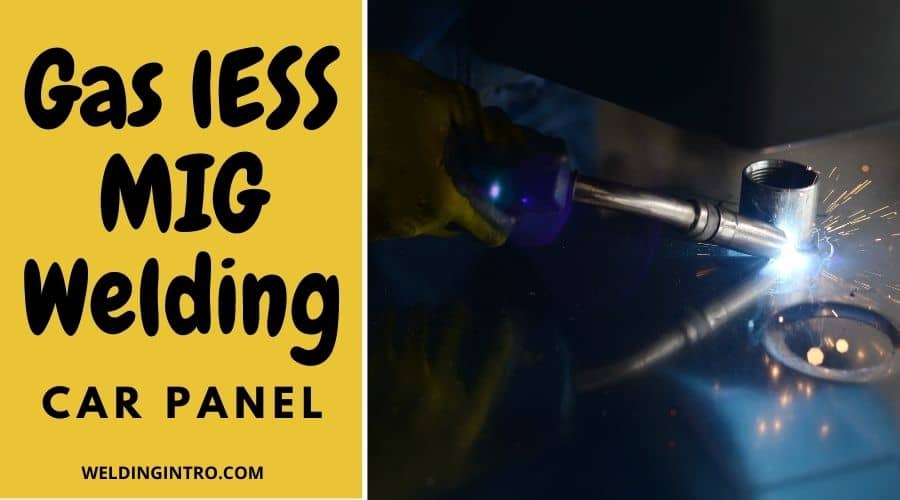What is Flux & Function of Flux in Welding
The terms flux core and welding are closely related words in welding. But what is flux core welding and what are the functions of flux in welding? Flux is a mixture of minerals, chemicals & specialized materials that protects welds from atmospheric contamination and natural reactive gas such as oxygen & nitrogen. Besides, the role … Read more


